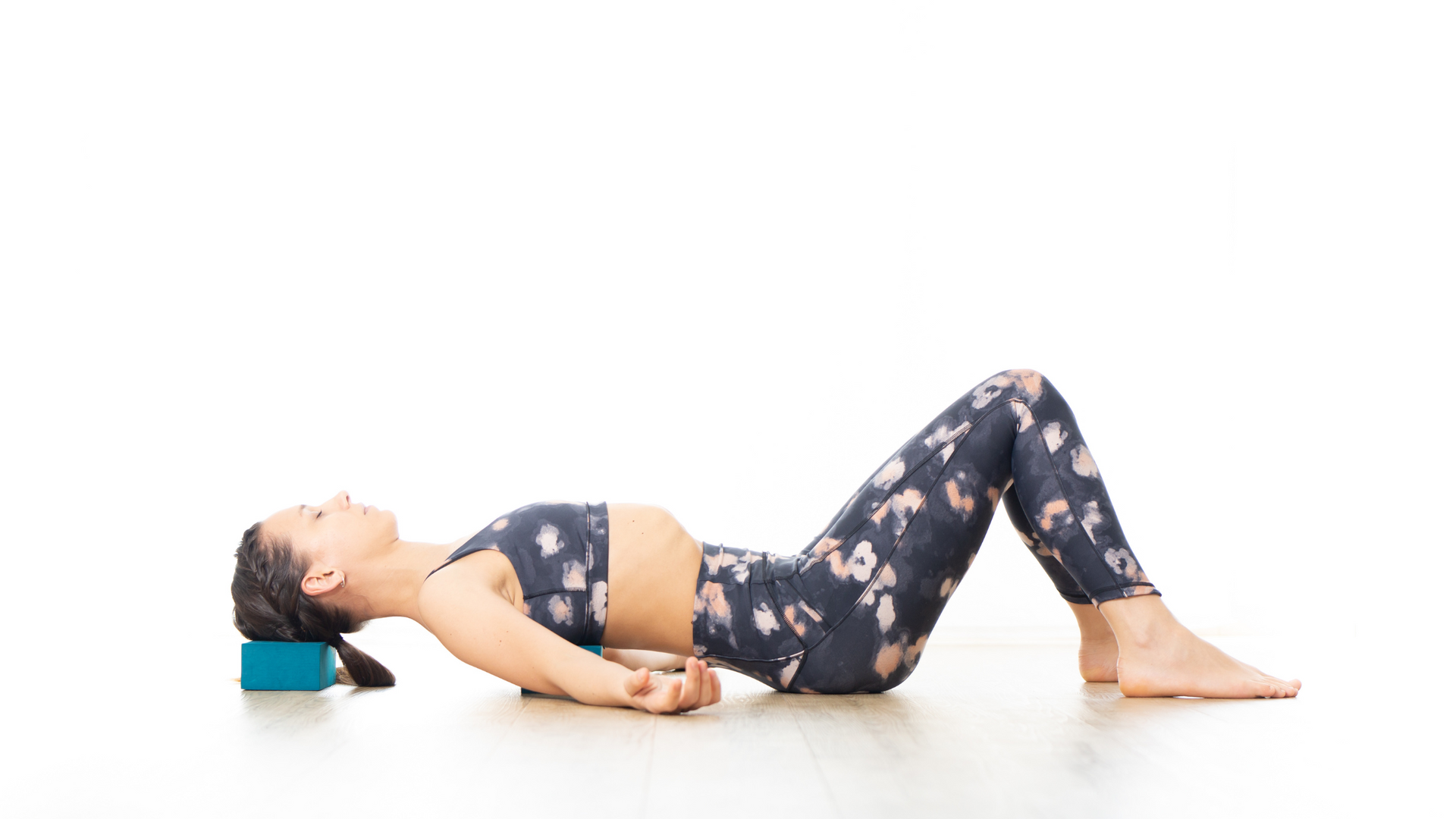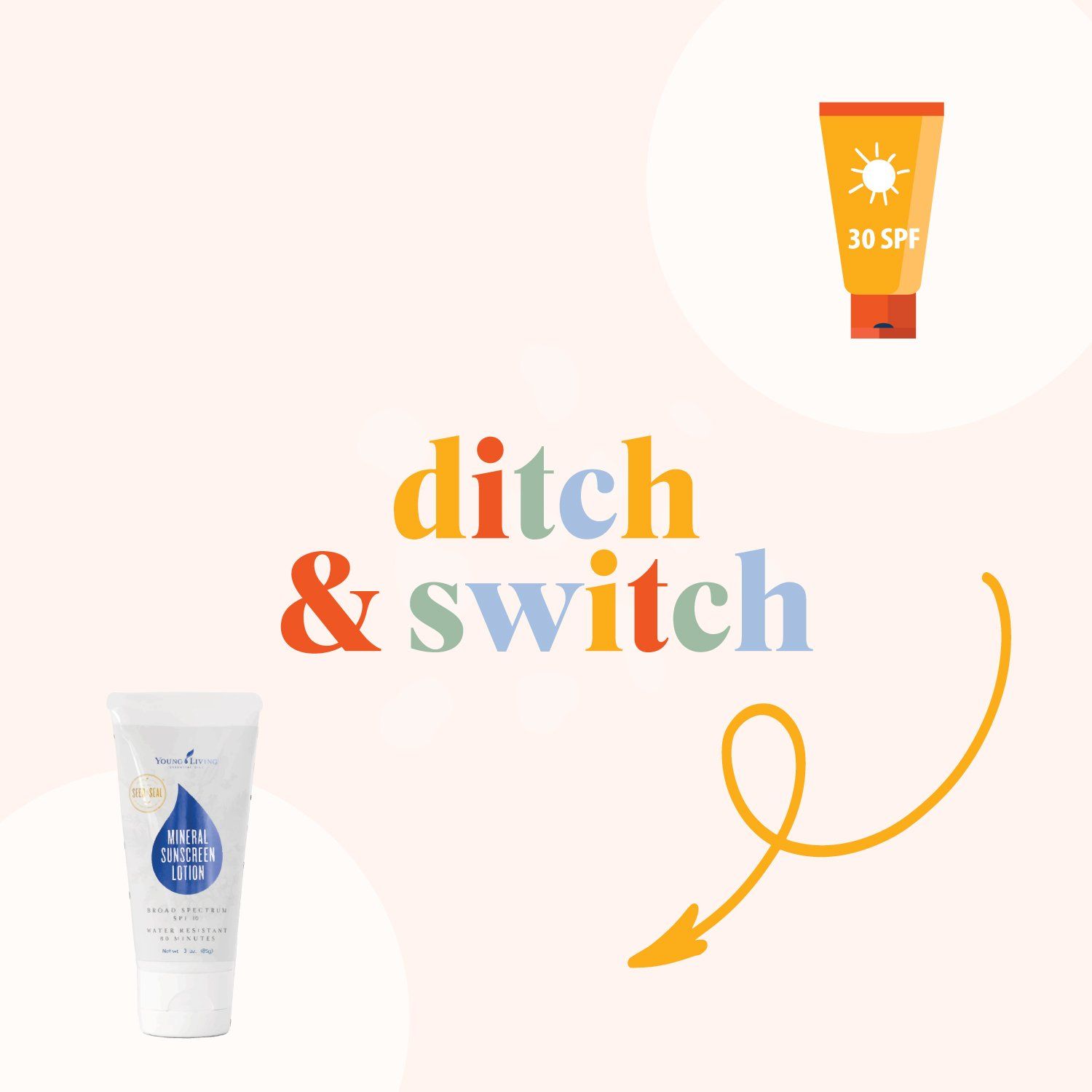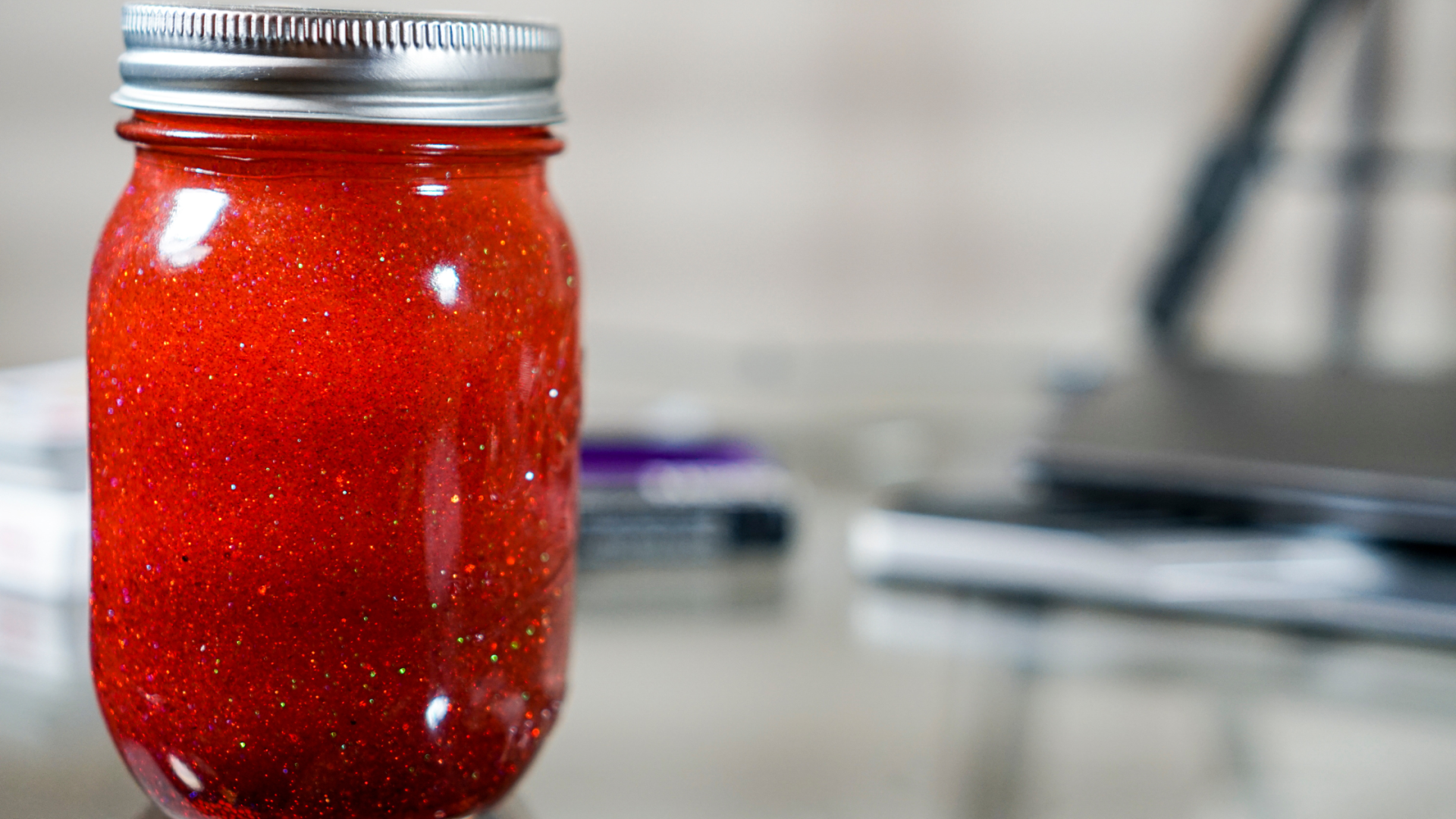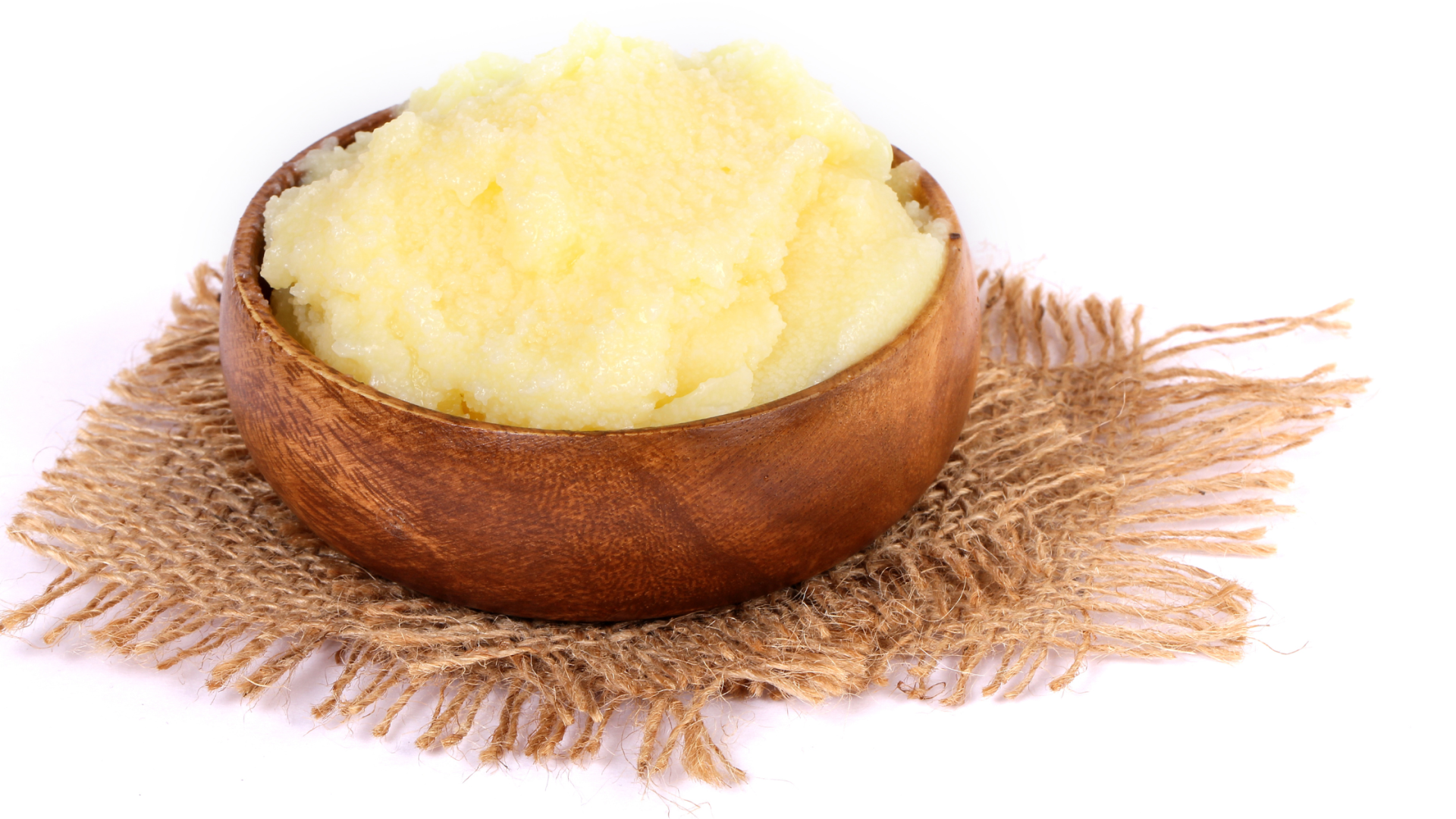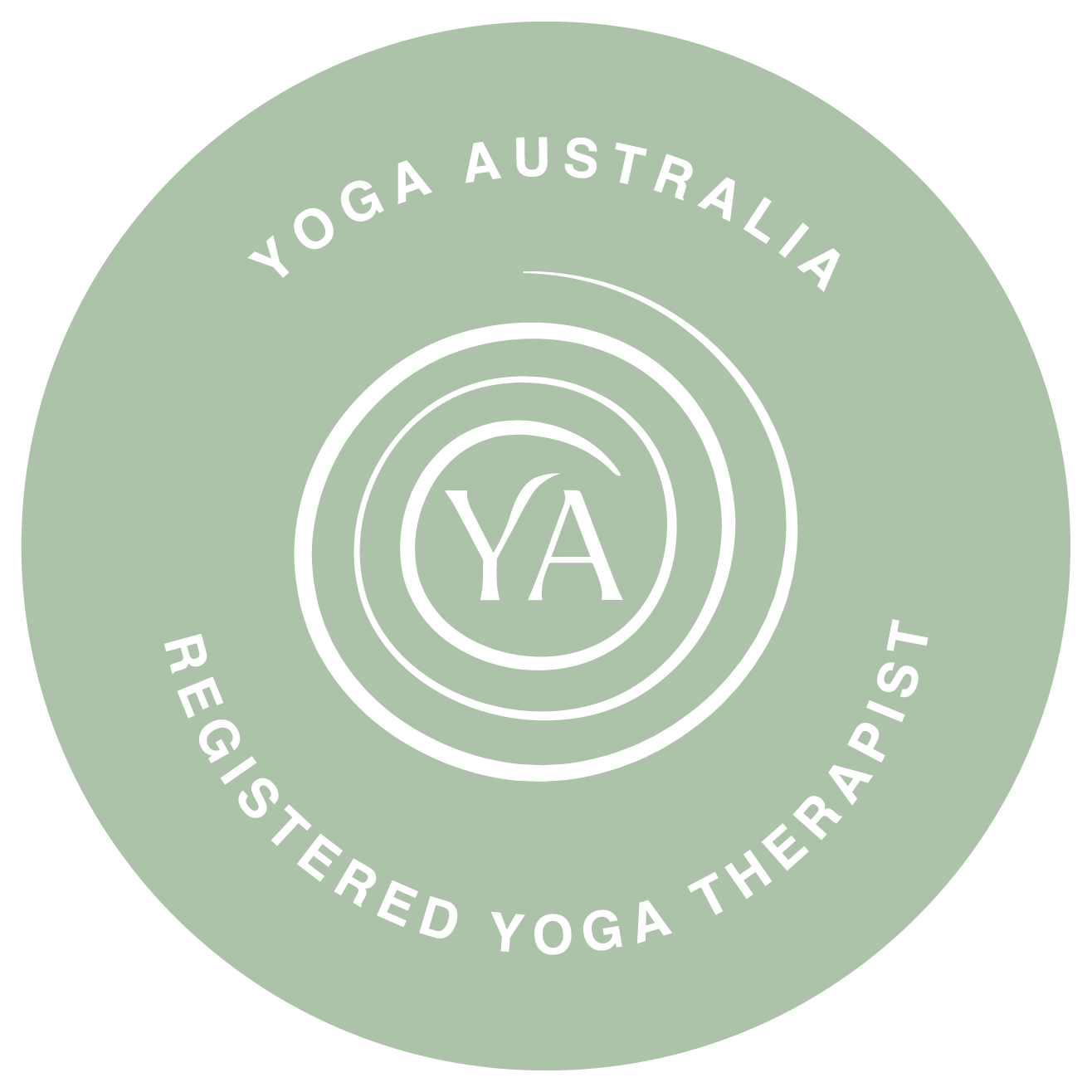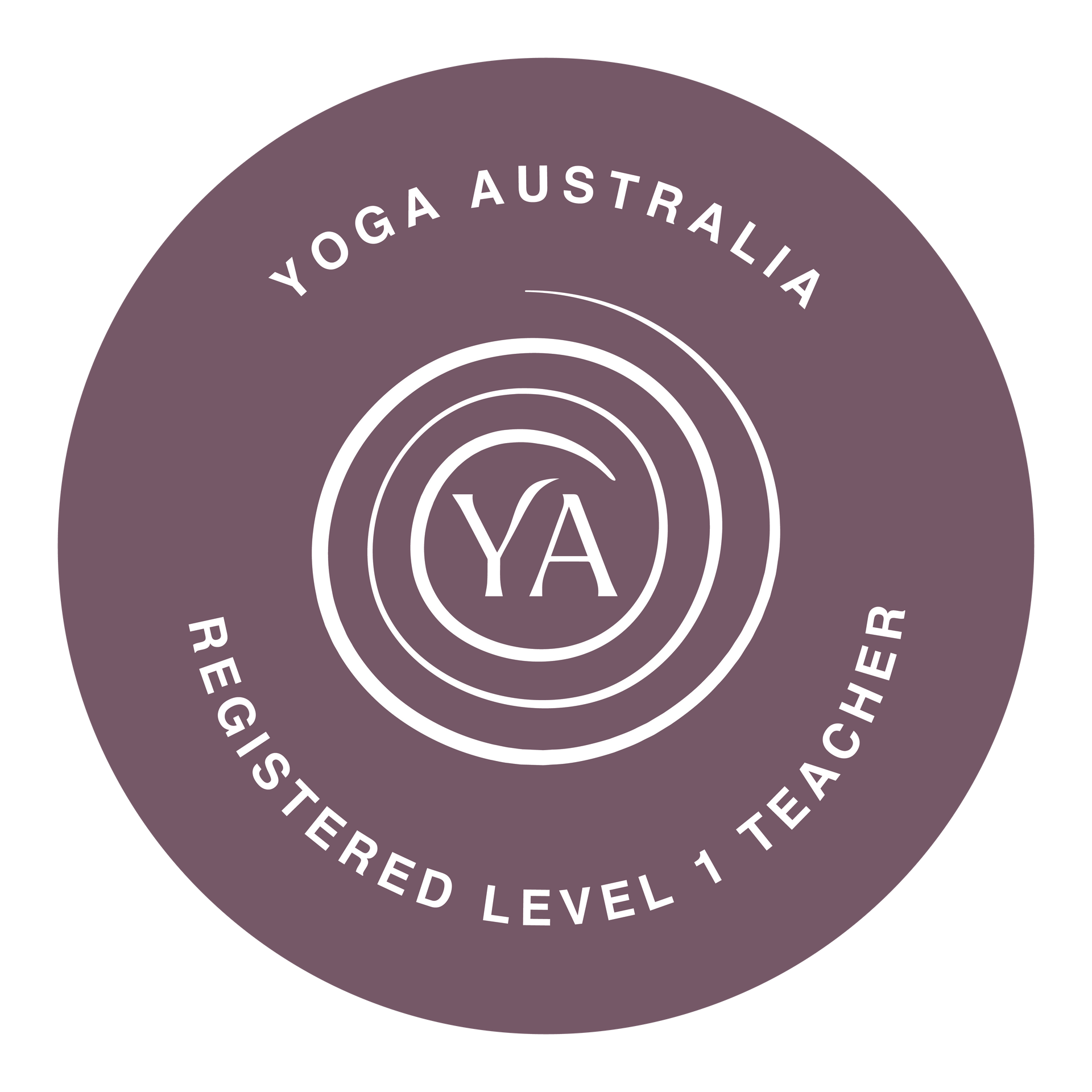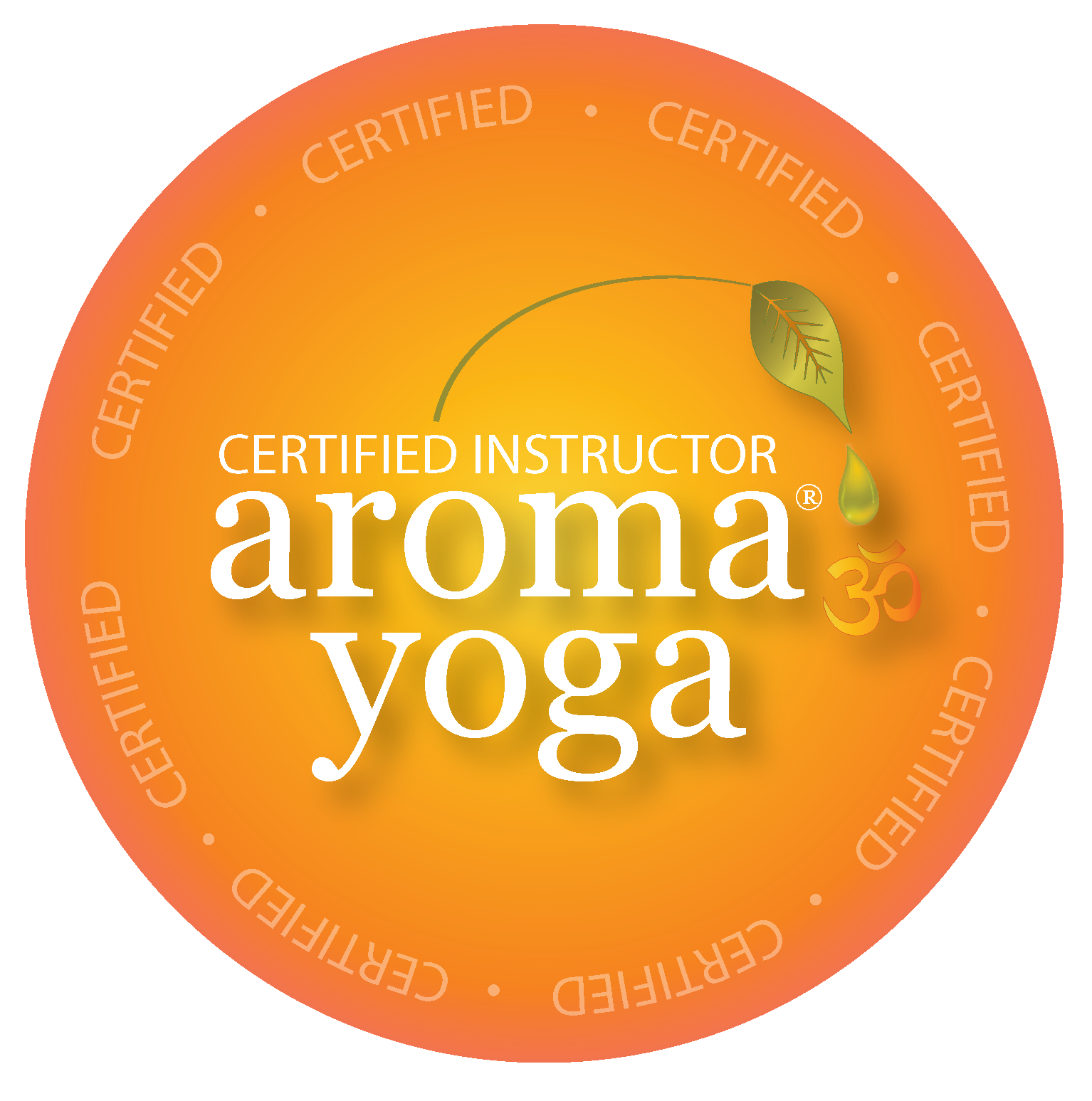Ditch and Switch Mineral Sunscreen
Check out this months Ditch and Switch!
CHEMICAL SUNSCREEN
Chemical sunscreens are designed to be absorbed by the top layers of skin as they work in two different ways to help neutralise harmful UV radiation. On one level, it deflects and scatters the sun’s harmful rays before they damage the skin, while on the other they filter the UVA/UVB and convert them into heat, neutralising them.
Unfortunately, chemical sunscreens may cause skin reactions in certain people and can worsen melasma and rosacea. They also contain one or more of the following active ingredients, oxybenzone, avobenzone, octisalate, octocrylene, homosalate, or octinoxate, each of which carries its own potential for harm.
Ingredients of Concern
- Oxybenzone: one of the most commonly-used sunscreen chemicals, oxybenzone (sometimes called benzophenone-3) is linked to endocrine disruption, organ system toxicity, contact allergies, and photoallergies, meaning exposure to light is required to generate an allergic response. In fact, the Environmental Working Group (EWG) recommends avoiding oxybenzone because of concerns that this ingredient may disrupt hormones and cause allergic skin reactions. Oxybenzone is also harmful to aquatic life; in 2018, Hawaii banned it to protect coral reefs.
- Octinoxate: A commonly used UV filter that protects from UVB rays, but not UVA rays. It may be listed as OMC, methoxy-cinnamate or ethylhexyl methoxy-cinnamate and is linked to endocrine disruption as well as reproductive toxicity. Researchers have detected octinoxate in breast milk, urine, and blood. Like oxybenzone, this ingredient was targeted in Hawaii’s ban, as it harms coral reefs.
- Homosalate: A common ingredient that absorbs only UVB rays to prevent direct skin exposure. Homosalate is linked to hormone disruption and may also enhance the absorption and penetration of pesticides, including bug sprays, as well as other harmful ingredients found within sunscreen.
Further, a small randomized clinical trial published in May 2019 in the Journal of the American Medical Association reveals that four of these sunscreen chemicals (avobenzone, oxybenzone, octocrylene, and ecamsule) are absorbed into the bloodstream at significantly greater levels than 0.5 nanograms per milliliter (ng/ml). That’s far above the amount at which the FDA requires topical medications to undergo safety studies to determine possible toxic effects.
MINERAL SUNSCREEN
This type of protection relies on two different types of minerals — zinc oxide and titanium dioxide. They work by physically deflecting UVA and UVB rays from getting to the surface of the skin. Because of this, their formulas are naturally a little thicker than chemical versions as they are meant to sit on the skin’s surface, rather than absorbing beneath it. Unlike chemical sunscreens, which typically take 20 to 30 minutes to absorb into the skin, mineral sunscreens offer immediate protection — no waiting needed. Mineral sunscreens can also be applied on top of makeup and other skin-care products.
WHY WE LOVE YL MINERAL SUNSCREEN
- Contains naturally derived plant- and mineral-based ingredients, including non-nano zinc oxide, so it is not absorbed into the bloodstream
- Available in broad-spectrum SPF 50 protection.
- Filled with skin-loving essential oils like Helichrysum, Carrot Seed, and Frankincense that put a protective barrier on your skin and help retain the skin's natural moisture while out in the sun.
- Has a non-greasy, lightweight formula that goes on smoothly (aka no white residue!)
- Stays water- and sweat-resistant for 80 minutes!
- Carries an official global certification from the National Skin Cancer Foundation and is recommended for daily use to help prevent skin cancer.
- It is safe for ALL skin types + won’t clog pores.
- It is reef safe!! An estimated 14,000 tons of sunscreen go into the ocean each year and most (all the chemical based ones) kill coral reefs. It is such a problem that Hawaii passed a bill banning ingredients that harm coral reefs!
WHAT ABOUT SPF
SPF (Sun Protection Factor) is a measurement of sunburn protection. So if your skin would normally burn after 10 minutes in the sun, wearing an SPF 10 sunscreen would theoretically allow you to stay in the sun for 100 minutes (10 x 10) without burning. A higher SPF doesn’t always equate to that much more protection. Also, note that SPF is a measure of protection against UVB rays only, and we need protection against UVA rays which is why we want “broad spectrum” sunscreen.
- SPF 15 blocks 93% of UVB rays.
- SPF 30 blocks 97% of UVB rays.
- SPF 50 blocks 98% of UVB rays.
- SPF 100 blocks 99% of UVB rays.
DAILY SUNSCREEN USE & SAVVY MINERALS
When it comes to the delicate skin on our face, we want to be sure we're protected, especially in the summer sun! Young Living's sunscreen works great as a base underneath your Savvy Minerals by Young Living makeup to offer the SPF boost you want.
- Wash and prime your face, then apply the SPF 50 Mineral Sunscreen all over your face and rub in gently but completely. You may find it helpful to lightly set the sunscreen with a dusting of Matte Veil or Diamond Dust before applying the rest of your makeup.
- Apply the rest of your Savvy Minerals as usual! Or, skip the full face look and tint your sunscreen with your Savvy foundation. Quick and easy for summer days!
Join us as we overhaul our beach bags and choose a healthier sunscreen for ourselves and our families!
If you found this useful and would like to purchase your essential oils please contact me
If you would like more information on beginning your toxic-free wellness journey click here
For more information on the benefits of specific essential oils, please do a search on PubMed
